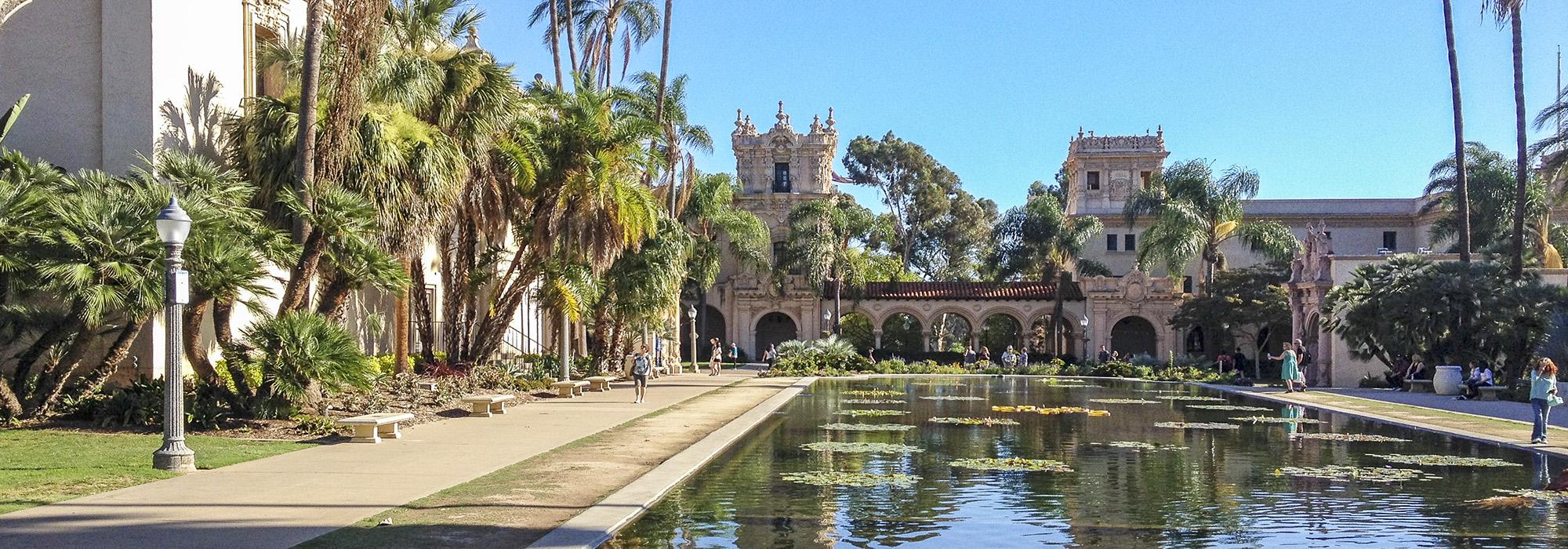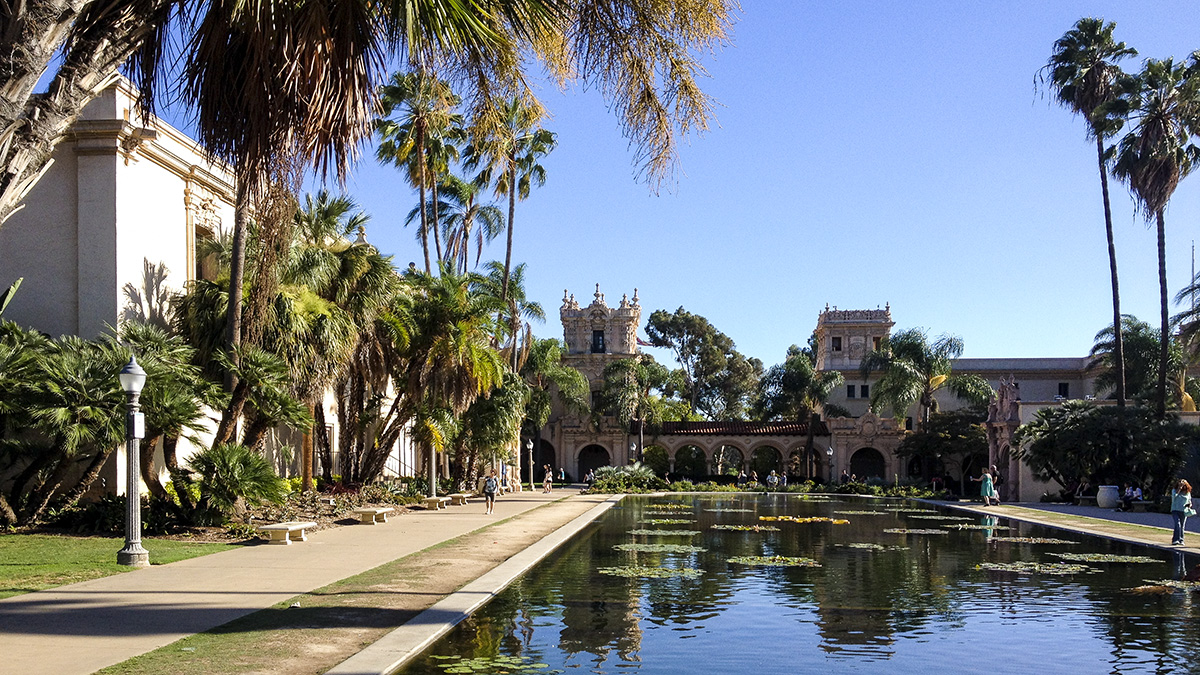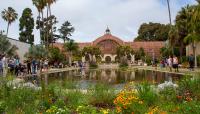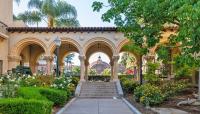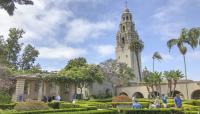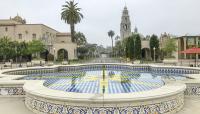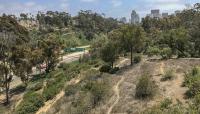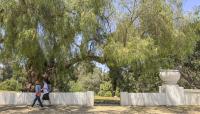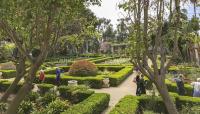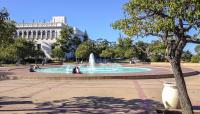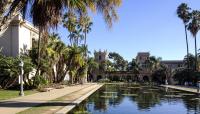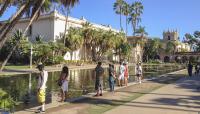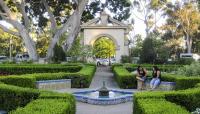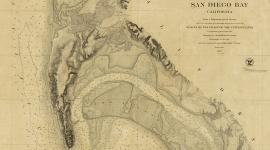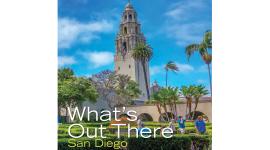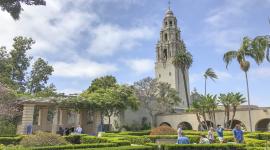Landscape Information
In 1868 civic leaders set aside 1,400 acres of scrub-filled mesas and arroyos to become "City Park." Hired by George Marston, landscape architect Samuel Parsons, Jr., developed a Picturesque master plan in 1903. The design was realized by Parsons and his partner George Cooke, with the aid of horticulturists Kate Sessions and T.S. Brandage. City Park was renamed Balboa Park in anticipation of the 1915-1916 Panama-California Exposition, which was held in the park despite considerable public opposition. Architect Bertram Goodhue designed the exposition’s centerpiece, the House of Hospitality, now a National Historic Landmark.
In 1921 a 140-acre zoo was built within the park, followed by the construction of the San Diego Museum of Art in 1926. Landscape architect John Nolen developed a second master plan for the park in 1927. One of more than a dozen horticultural resources in the park, the Alcazar Garden was designed in 1935 for the California Pacific International Exposition by architect Richard Requa. Harland Bartholomew Associates developed a new master plan in 1960, as did Estrada Land Planning in 1989. Further work has included the Palm Arboretum by KTUA and, in 2016, renovation plans for the Botanical Building by RNT Architects and Spurlock Landscape Architects. Balboa Park is home to fifteen museums and has been the site of three major expositions, including Expo 2000, San Diego’s millennium celebration. A cultural and horticultural oasis, the park is historically and topographically unique among large urban parks. The park’s former exposition grounds were designated a National Historic Landmark in 1977.



